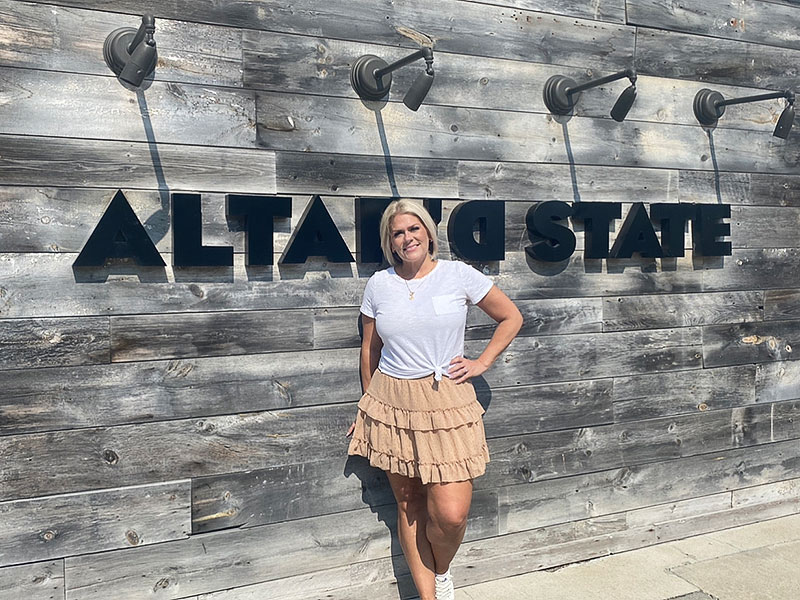The Faces of Food Insecurity Aren’t What You Might Think
By Victoria Cherrie
Director of Development
Brandi James was in her early 20s when her husband was murdered during an altercation with a landlord over their rental property.
Widowed with a 2 and 4-year-old, she had no playbook for life and no savings to support her family.
As life crumbled around her, Brandi did what any strong mother would do. She closed her eyes, put aside her pride, and reached out for whatever help she could get to keep her small family safe, healthy and intact.
“Knowing you need help is hard,” she said. “Asking for it is even harder.”
She hadn’t a clue that food insecurity rates are highest for single mother households with children and those with incomes below the poverty line. Yet she was living proof.
Brandi connected with the Salvation Army for help with rent and utilities. She sought support from her church. And before long she was forced to rely heavily on food pantries to feed her children. “I didn’t have any money, or a backup plan,” she said, pressing her finger on a tear headed down her cheek. “Food pantries saved our lives.”

In a flash, everything about how Brandi lived had changed. She was skipping lunch every week to save money to buy vegetables for the kids. Yet it was never enough. While the pantries stocked their shelves with great staples, they mostly only offered boxed, processed foods, which she knew wasn’t sustainable for good health.
“Being a mom is hard enough,” she said. “Not being able to feed my children healthy foods because they weren’t available and worse, I couldn’t afford them…That’s something no parent should ever have to experience.”
Yet so many do. In 2019, nearly 35 percent of households with incomes below the Federal poverty line were food insecure, putting children in those homes at an increased risk of their learning being stifled and causing other mental and physical challenges. With more than a third of single-parent households struggling to afford food, addressing these high-risk families’ needs is vital to ensuring that the kids in these homes get the nutrients they need to be healthy and succeed in school and beyond.
Brandi struggled knowing this every day. WIC and SNAP benefits helped her balance the family’s meals with what she got from pantries, she said. But that made her situation no less terrifying at the time.
Fast forward 14 years. Brandi now has three healthy, thriving children, is happily remarried and manages Altar’d State, a bohemian clothing store in Zona Rosa.
Every year her store hosts Mission Mondays. And on every Monday from now through Oct. 11, the store donates 10 percent of its revenue to a charity. This year, she and her team chose After the Harvest KC as the beneficiary.
Tearing up, she told me that our work donating healthy food to hungry people is exactly what she needed as a young, struggling mom.
“My life has come full circle and this is my chance to give back,” she said. “If we can help even one mom from not going hungry and having to worry about that happening to her kids? Then we’ve already accomplished so much.”


